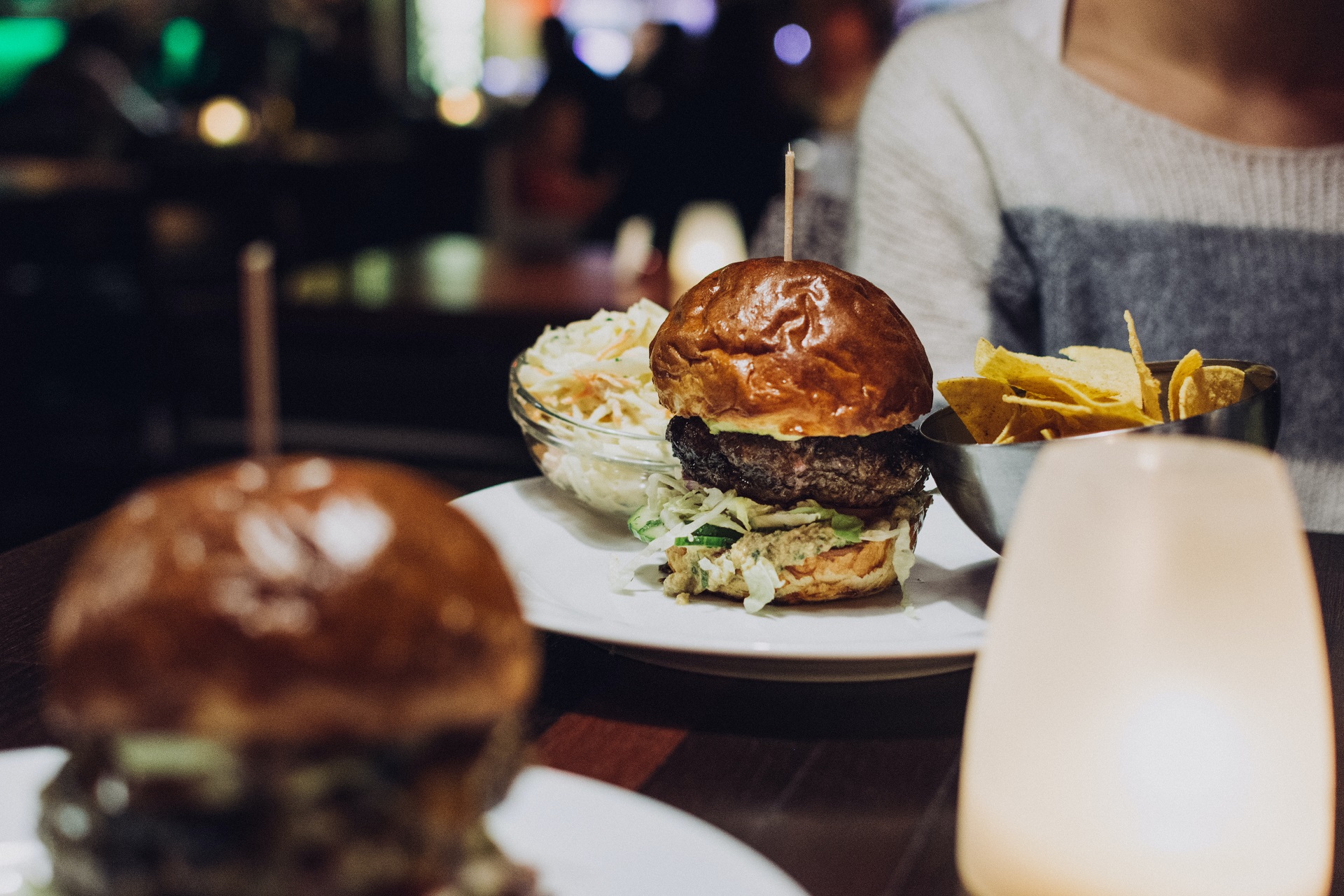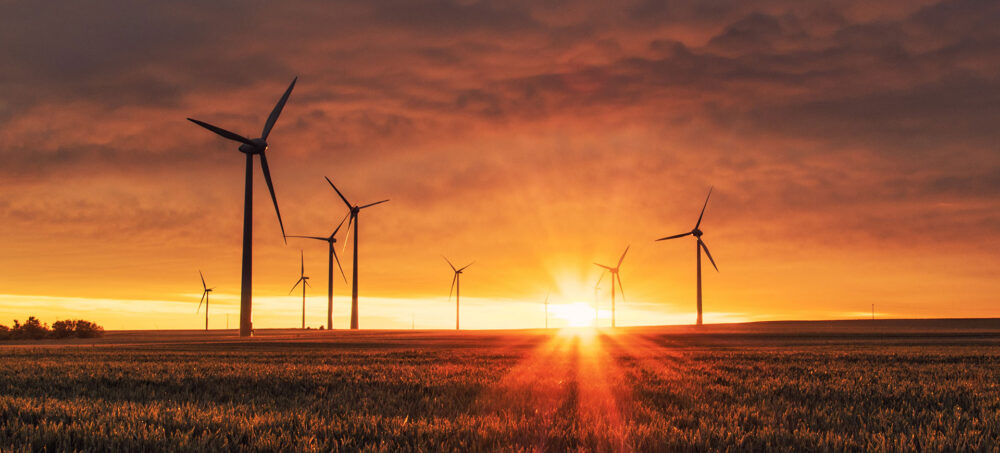
Should the hospitality industry fear or embrace new technology?
Casual dining brands are beginning to bring in new technology to the dining experience - but how much should they embrace?
Savanta’s BrandVue Eating Out survey showed that two thirds of consumers were spontaneously aware of McDonald’s digital kiosks.
Picture this: you enter a restaurant and a drone takes your name and leads you to your seat. After paying instantaneously as you order thanks to a cryptocurrency microchip in your wallet, the same drone flies over with your dinner hot and ready. You finish and leave, reading the paper in your driverless Tesla on the way home.
This may sound like setting the scene of a Black Mirror episode, but the foundations are already here. Tesla have driverless vehicles up for pre-order. Amazon is toying with drone delivery. Blockchain technology is gathering steam. But what does it mean for the hospitality industry – should we fear or embrace it?
Big fast casual brands have already taken the lead on a ‘technology-enhanced’ dining experience. In 2017, McDonald’s introduced the “Experience of the Future” initiative. This made browsing the menu, customising dishes, ordering and finally paying for them all possible through a single digital kiosk. No human interaction was needed. The convenience of technology was used to strengthen their offer against younger competitors such as Five Guys. Over a similar period, McDonalds’ share price rocketed by 46%.
McDonalds’ market leadership in this area is further reflected among consumer perceptions. Savanta’s BrandVue Eating Out survey, the largest of its kind for casual dining in the UK, showed that two thirds of consumers were spontaneously aware of McDonald’s digital kiosks. When a huge player has gained such clear headway the question is: should casual dining chains follow suit, and how?
Advances in technology certainly shouldn’t be ignored. “Table-tech” enables customers to pay/order food and drinks without delay so it is a great opportunity to upsell and encourage further purchases than initially planned. Also, technology can alleviate staff requirements – so there is the brute positive effect of tech on your bottom line.
However, current tech tackles the issue of convenience only – at-table ordering, digital kiosks, app ordering/payment. It cannot make a customer laugh (yet) or provide a personal service which makes a customer feel welcome. What would the effect be if automated ordering was introduced into a small Italian restaurant perfect for romantic meals? It would likely drive consumers away to a more appropriate setting for their occasion.
This is where the notion of “suitable technology” comes in. Over half of people said they would happily use an interactive screen in a fast food outlet which is why McDonald’s have focused so heavily on this. But, the level of personal service expected increases even for a premium fast food outlet (such as Leon), where only 1 in 5 people are happy to use one.
App payment systems (as introduced by Wagamama and Pizza Express amongst others) respond to a genuine issue – our BrandVue data highlights that 69% of consumers say waiting for the bill is the most frustrating part of eating out. Where personal service at table is important, introduce technology which increases the efficiency of behind the scene tasks such as food and drink quality – ensuring no hot dishes are served cold, no rare steak is actually well done, that cocktails are perfectly served and so on.
Technology does have the capacity to enhance the dining experience whilst simultaneously saving costs. But its offering for casual dining is one dimensional and comes with risk – convenience at the expense of human contact. The sector should certainly keep an eye on developments, but it will be a while before a robot can lead me to my dining table without my appetite mysteriously disappearing.
Get in touch for more insights and to find out how we can help you: [email protected]





